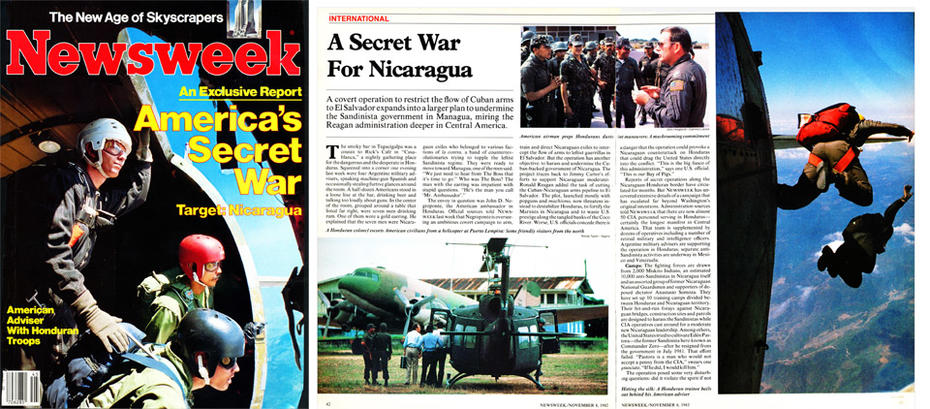I redesigned Newsweek in 1980 and was the design director until I left to attend MIT and then start my own design firm. The technology at the time was changing very quickly from conventional printing methods to technology of bits and bytes. The design had to be considerd from the production methods up the chain back to the content design. Hundreds of small design decisions had to be made from the speed of the press runs to signature inking. We were evolving the way we worked and the needs of the production and distribution innovations meant design had to evolve to take advantage. This led me to conclude that the future of all communication was through this technology even though at the time it would be eleven years before the site popped up.. Those conditions prevail today in web design and content. To print special design into the issues we had to consider how the slave setters in the printing plants wuld set the final pages. We had to assure that most headlines could be set late on a Saturday night and fit the layouts as they were often the last to go into the magazine. Hundreds of small design elements had to be concidered. It is common today to have internet sites designed as responsive design where we anticipate that people will view content on different devices from smart phones to iPads. There were numerous times when we would configure the headline as a designed element and send it as an image for special issue coverage. With content management systems we have to control the design using a combination of css and images that are pulled from a database and assembled on the fly. The headline with special logo is an example. The sub-head and drop cap followed normal spec. Ironic that this story could run today but Newseek is now web only.
